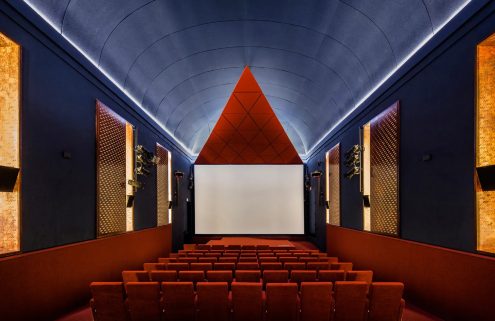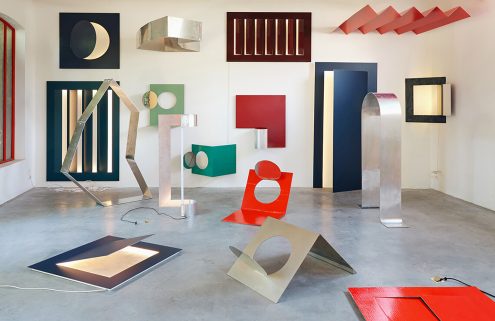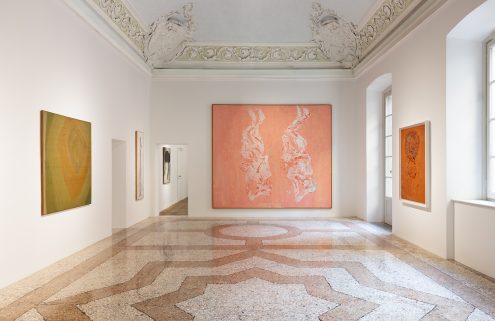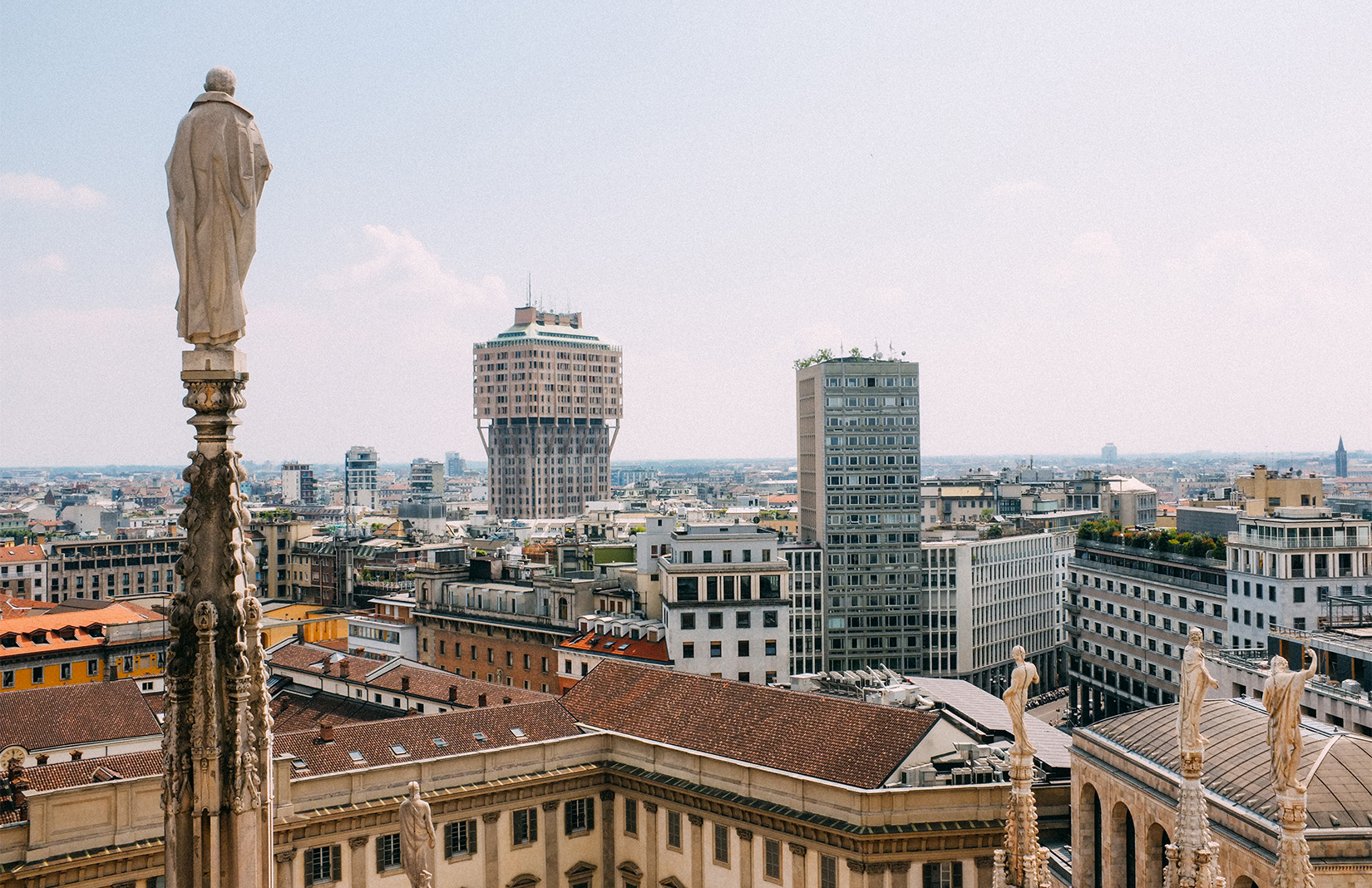Described by architect Hannes Peer as a city with a ‘harsh, brutal facade but a golden heart,’ Milan is not known for its architectural beauty. But it is home to the biggest design event on the planet, Milan Design Week (also known as ‘Salone del Mobile’ after the trade show at its heart), and therefore every April, is flooded with aficionados looking for hidden treasures.
It can take forever to discover the city’s secrets, so to give you a head start before the action begins (4-9 April), we asked design leaders for their tips. Here Milan-based Hannes Peer, London Design Guide editor Max Fraser and British designers Edward Barber and Jay Osgerby reveal what to see…

London Design Festival Director Max Fraser

Designers Edward Barber and Jay Osgerby. Photography: Jessica Kinglefuss

Architect Hannes Peer
What are you most looking forward to this year?
Hannes Peer: Nilufar Gallery always put on fantastic events. This year there’s going to be an amazing installation that I’m happy to be taking part in. The theme is the film Dogville and there will be floor plans by various architects as well as rooms lit up with theatrical displays and installations. It is going to be very exciting.
Nilufar, via della spiga, 32
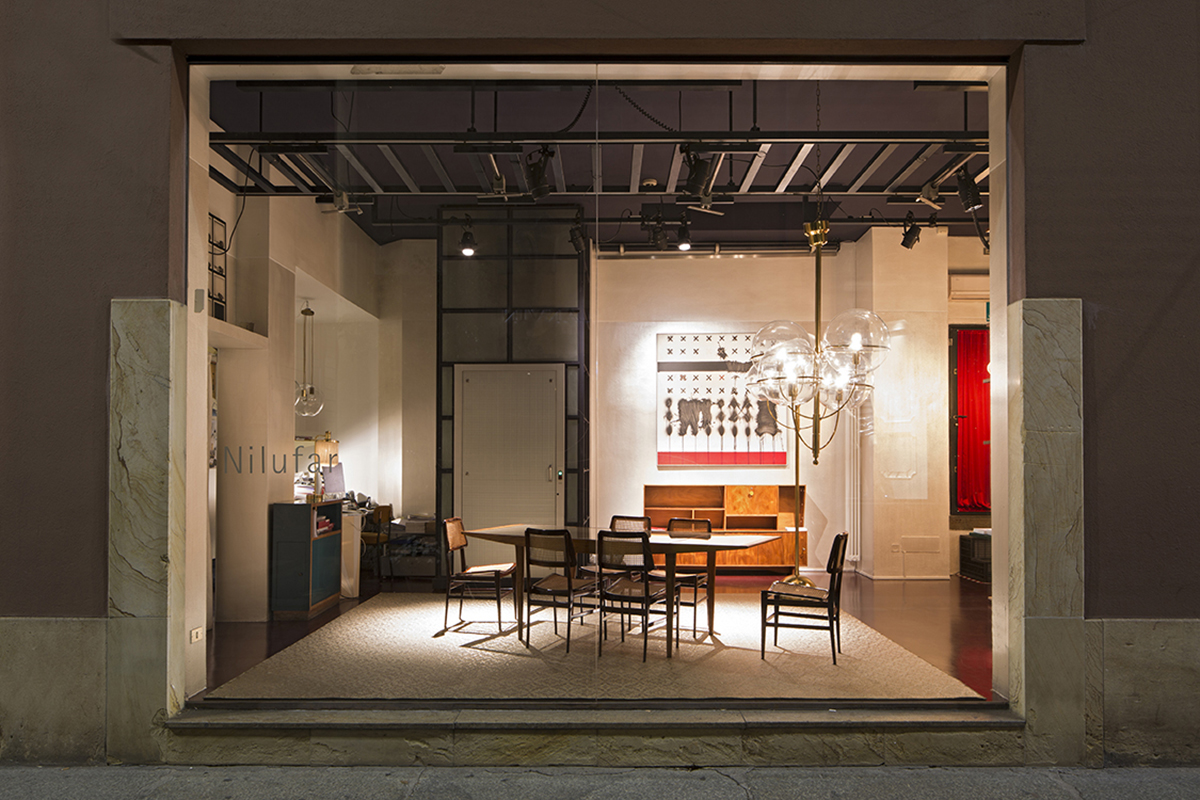
Edward Barber & Jay Osgerby: The launch of Bellhop, our new lighting family for Flos. The project came about through a commission for London’s new Design Museum. Flos enabled us to go through an unusually quick process from starting with something originally designed to be site specific right through to manufacturing a whole family of lights including a portable wireless table top lamp, a pendant, a wall light and an outdoor range of lamps.
Flos, Pavilion 13, Booth C09 D18, Euroluce, Salone del Mobile, Milan Fairgrounds, Strade Statale 33 del Sempione 28, 20017, Rho
Max Fraser: Having been to Salone for more than 15 years, I don’t really plan anything anymore as there is too much to see. Instead, I treat the event as one of chance – bouncing from one place to another. For me, it is more about who I see and meet than the exhibits themselves. That said, I am looking forward to the Stone Age Folk installation by Jaime Hayón for Caesarstone, particularly, as I’ve had some involvement in the editorial for the project.
Caesarstone, Palazzo Serbelloni, Corso Venezia 16
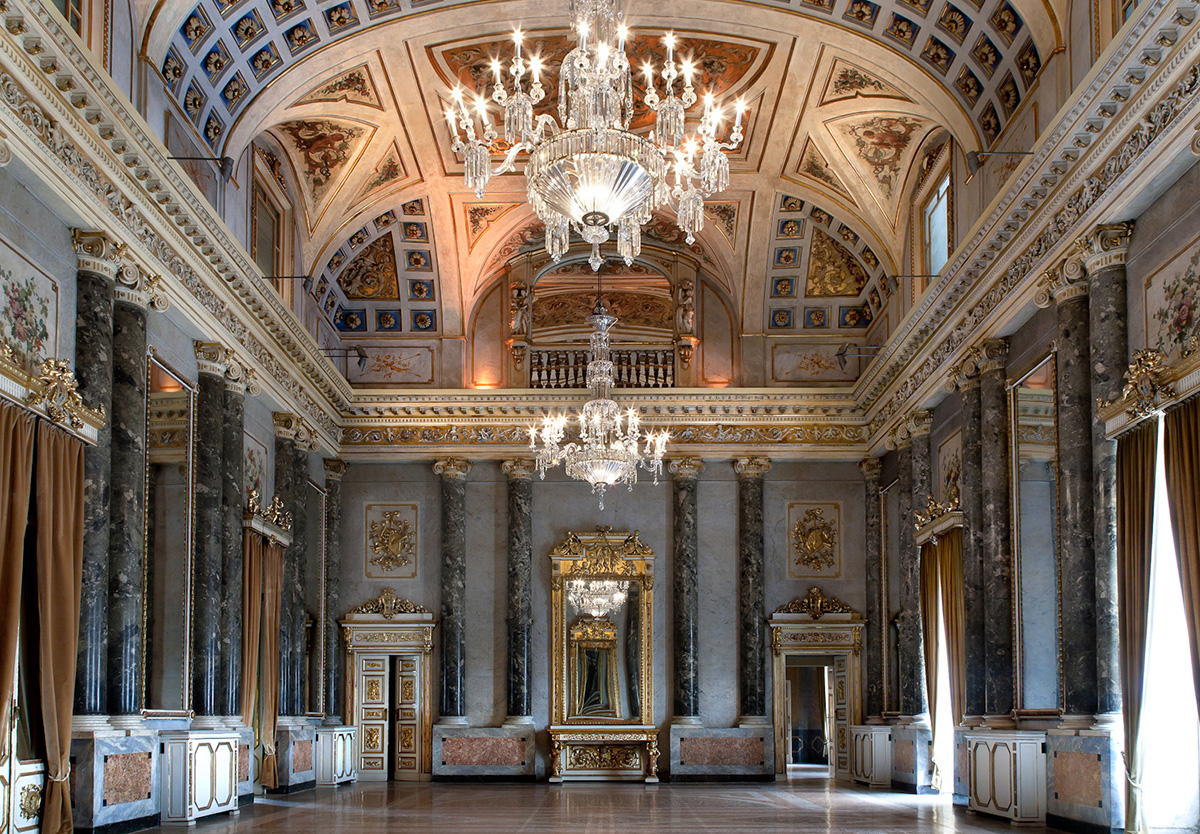
What’s your favourite venue during Milan Design Week?
HP: You must visit Japanese design brand Nendo, and Subalterno, which is a very interesting place for young designers’ exhibitions in Lambrate.
Nendo, Via Pinamonte da Vimercate, 4; Subalterno1, Via Conte Rosso 22
EB & JO: The Pelota Space holds great memories for us, because it was where we launched our first few projects with Established & Sons in the mid-2000s. On 4 April this year it is also the setting for the launch of our first collaboration with Hermès.
Hermès, La Pelota, via Palermo, 10
MF: Some of the old palazzos are pretty special and if the sun is shining, they’re a great place to grab some rejuvenating rays and a quiet moment amid the design frenzy.
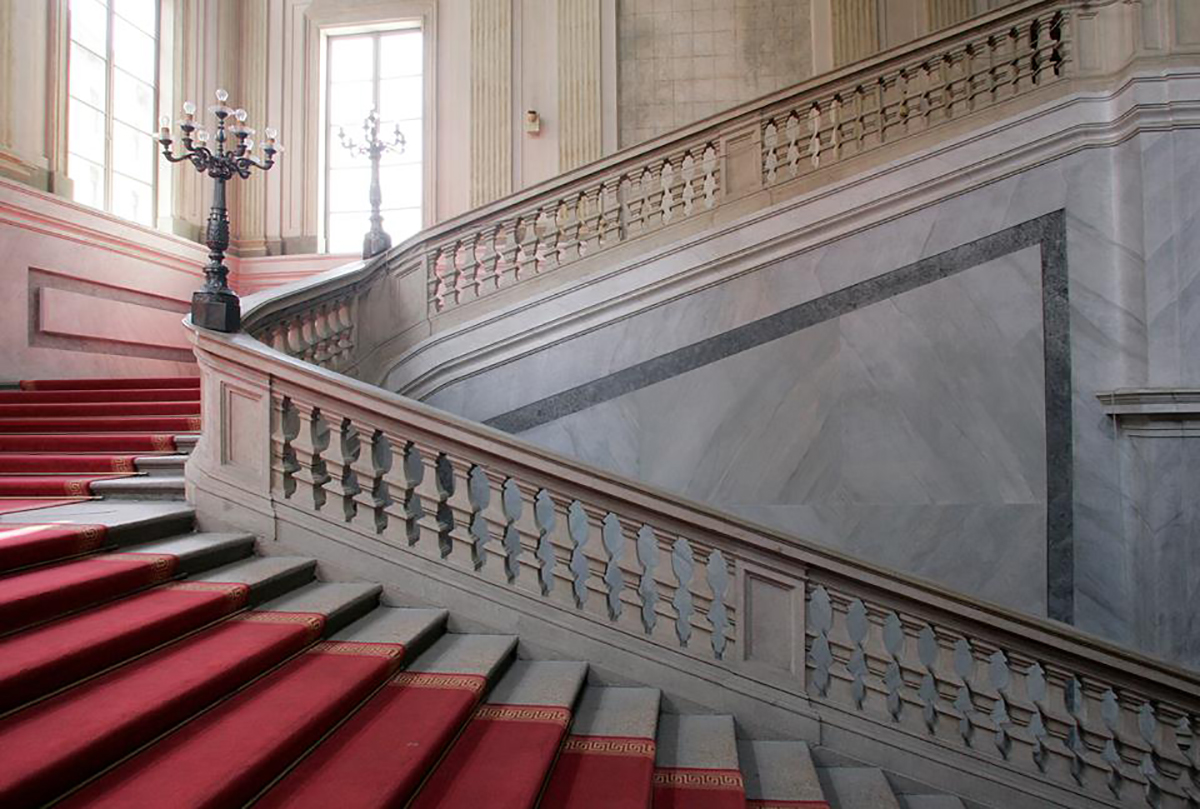
Can you recommend a secret somewhere that even regular visitors to Milan might not know?
HP: Milan is all about hidden places – you just have to open your eyes and look inside buildings and you’ll find so many precious interiors and lobbies. One wonderful place is La Rotonda della Besana, which is typically Milanese – austere on the outside and yet on the inside there is a church and gardens kissed with beautiful light. Also Via del Giardini – the whole street is so beautiful and filled with amazing midcentury buildings with gardens.
La Rotonda della Besana Via Enrico Besana, 12, 20122 Milano, Italy
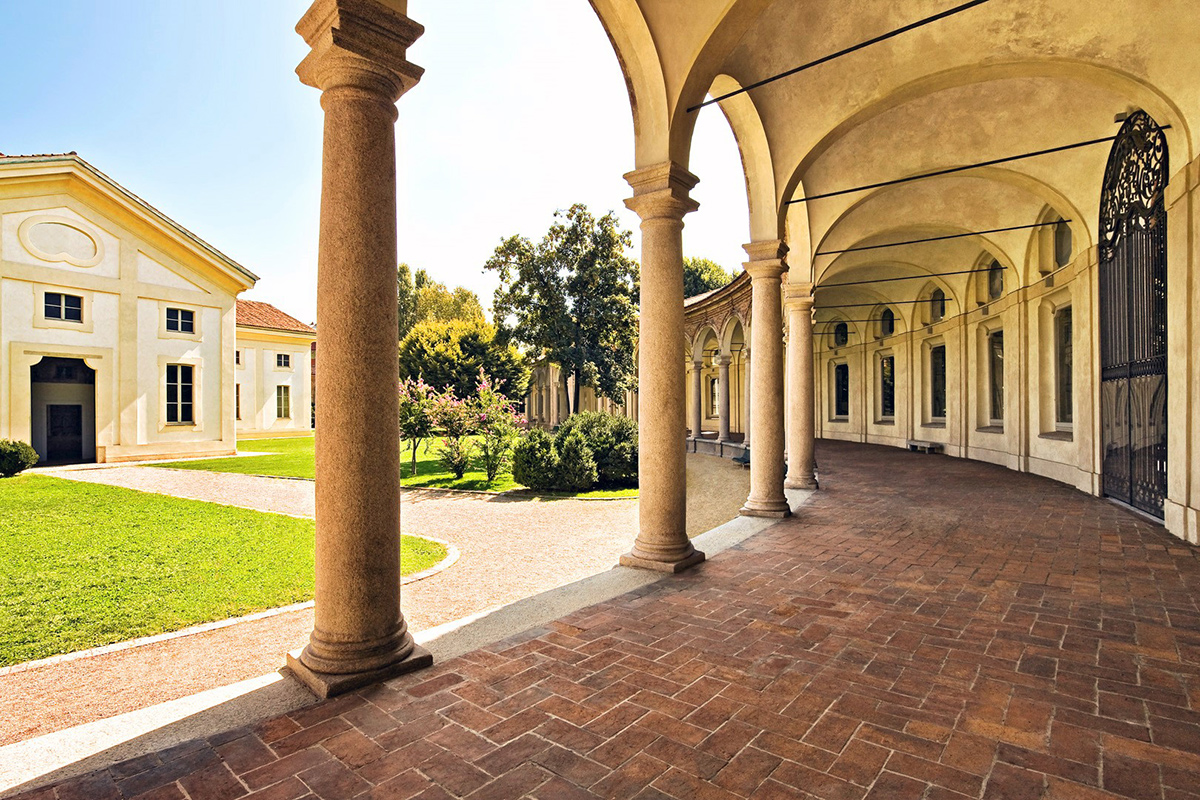
MF: The Chiesa di San Luca Evangelista designed by Gio Ponti is a beauty. Built in the 1950s, the concrete-structured church is an architectural gem from the master architect that breaks from the usual expectations of a church. I have a bit of a thing for holy spaces, even though I don’t practice any religion. They’re some of the few remaining places of calm and respect in many cities.
Chiesa di S.Luca Evangelista, Via Niccolò Jommelli, 4
EB & JO: One of our favourite places to visit is Fondazione Achille Castiglioni. Achille Castiglioni is one of the most important designers of the 20th century and it’s incredible to stand in the space where so many objects were created.
Fondazione Achille Castiglioni, Piazza Castello, 27 (by appointment only)
Read next: 5 of the best apartments to stay at in Milan
